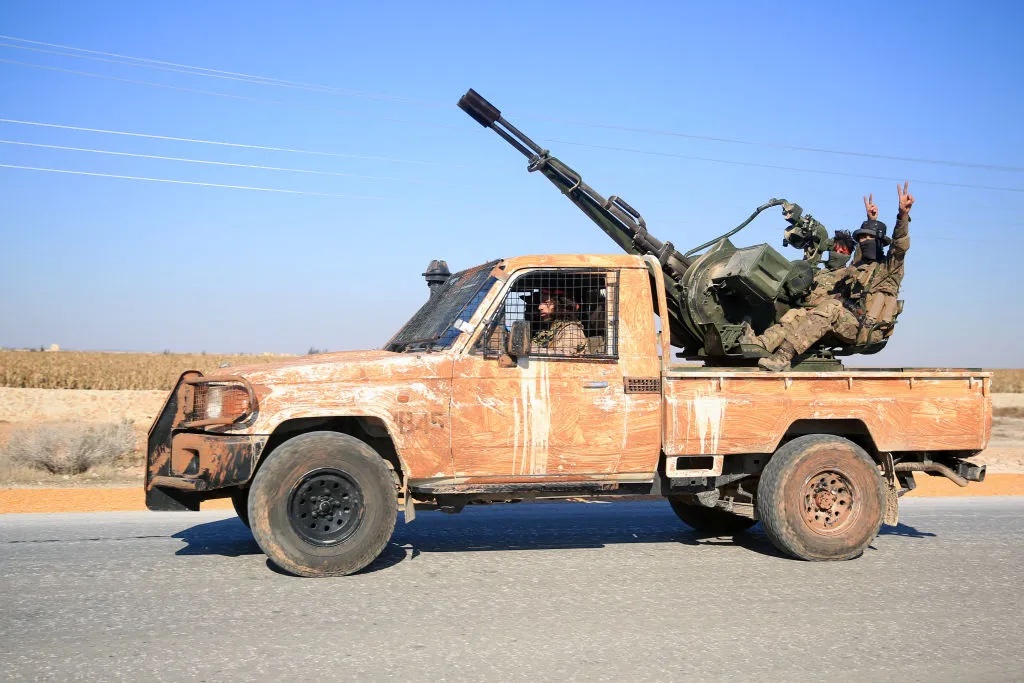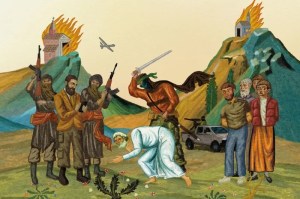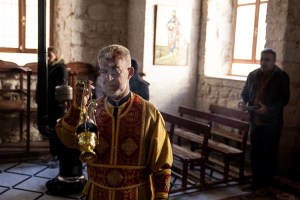Provincial capitals falling before an unexpected advance. Military units allegedly defecting, deserting or switching sides. Talk of a coup in Damascus. The Syria of 2012 is the Syria of 2024.
For years this was a so-called “frozen conflict.” The front lines did not move, no matter how many artillery and aerial attacks there were on civilians in the country’s north. The maps did not change, though dozens of people at a minimum were killed in fighting every week.
But now Syria’s civil conflict has reignited.
From their portion of Idlib province, a broad coalition of armed groups led by the Islamists Hayat Tahrir al-Sham (HTS) have taken over a significant swathe of territory. This includes Aleppo, Syria’s largest city, its economic heart, and much of Aleppo’s surrounds; the rest of Idlib; and increasing numbers of towns and villages in Hama province.
Wild rumors talk of the imminent fall of Hama city (site of a famous uprising against Hafez al-Assad, the father of the current president, Bashar), and of a military coup in Damascus. This does not so far seem likely.
The fall of Aleppo is of vast importance. Aleppo was one of the centers of the revolution a decade ago, and its fall in 2016, after four years of fighting, marked what many believed to be the beginning of the slow failure of the rebel cause.
This time, Aleppo changed hands in days. It’s a stunning reversal, completely unpredicted and without precedent.
This advance must have been years in the planning. The Syrian war has seen very few rapid advances of this kind in its thirteen-year history. It’s the largest offensive, and the most rapid territorial changing of hands, since 2020, and possibly of the whole war.
HTS and its leader Abu Mohammad al-Julani appear to have learnt lessons from many recent conflicts, including wars in Ukraine and Gaza and Lebanon. Building up in Idlib under the control of the HTS-supported Salvation Government, HTS was meant to be rotting, trapped and isolated. Instead, it has mobilized a significant coalition of fighting men, many from many distinct groups and regions.
HTS is the descendent of the al-Nusra Front, which was once an affiliate of al-Qaeda. A while ago it was unwilling to make alliances with other groups, but now a broad coalition has taken shape under the operational leadership of Julani. It includes individual groups based in local areas, with limited national political affiliation, and groups with no explicit religious or tribal affiliation, under the umbrella of the Turkish-backed Syrian National Army (SNA).
Julani has issued statements al-Qaeda would have had him shot for saying: telling his men to respect private property and the rights of minorities to worship and continue their lives as normal. Aleppo has, sources say, more hours of electricity each day — for the moment — than it did earlier last month.
Will those improvements last? It’s so far impossible to say. A counterattack has already begun from the air: in this arena the Assad regime and its Russian allies operate unchallenged. Iranian-backed forces are claimed to be surging into Syria from Iraq and Lebanon.
As Syria’s frontlines froze, few outside experts could imagine ways the deadlock might break, but today we have an answer. A new speed of fighting, the use of new war-fighting tools such drones (which are present at far greater scale and complexity), and tighter infantry coordination appear to have made Syria’s insurgents more formidable.
In previous years, when regions fell to the Assad regime and its Iranian-backed militia allies, these regions only surrendered after opponents of the regime were evacuated in green buses to Idlib. Many of those fighters are now back, throwing their weight for the moment behind a great unified push against a weakened, rotten regime whose Iranian and Russian sponsors are themselves under pressure.
What the future of this offensive holds is impossible to predict. But the lazy assumptions of many abroad that the Syrian war was over, that it had reached equilibrium, that it was even stable, have been shown to be false. As always war is hell, and retains its capacity to surprise.


























Leave a Reply